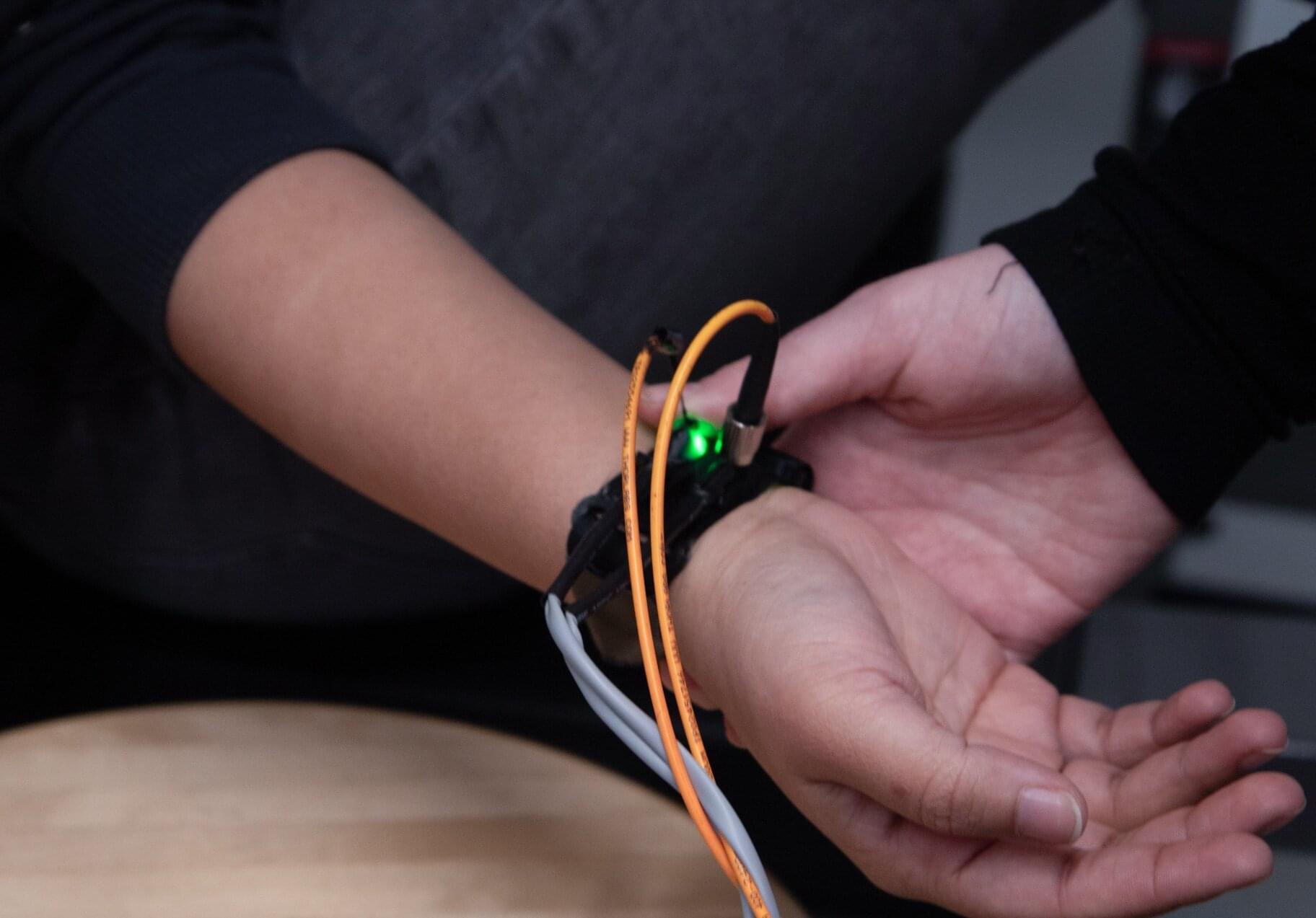The world of wearable technology—such as sensors and energy-producing devices—is expanding, thanks to new research into a unique combination of materials that are flexible, safe to use on or inside the human body, and environmentally friendly.
Dr. Simon Rondeau-Gagné and a team of collaborators and graduate students have used the Canadian Light Source (CLS) at the University of Saskatchewan to show that semiconducting polymers and collagen—the main component of human skin—can be combined to create organic devices “that are more efficient, more conformable and specifically… more green as well.”
Collagen provided both the skin-like rigidity and elasticity (or bendability) the researchers were looking for in “a platform that can be integrated with something like the human body,” said Rondeau-Gagné, an associate professor in the Department of Chemistry and Biochemistry at the University of Windsor.








